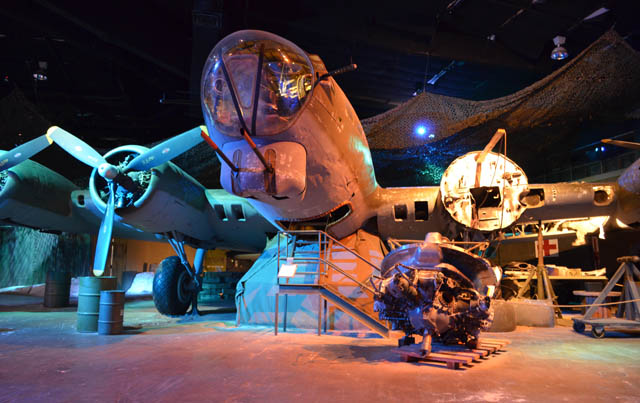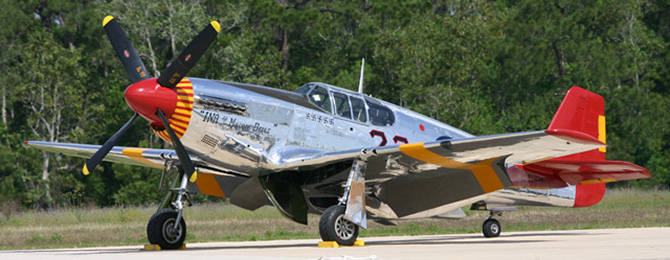
Aircraft development and production increase to meet wartime demand; heroic aircrews fly swift fighters and potent bombers as well as liaison and utility aircraft of many nations, all distinguishing themselves with the honor and courage that characterizes “the Greatest Generation.”
Please note: Some aircraft may not always be onsite.
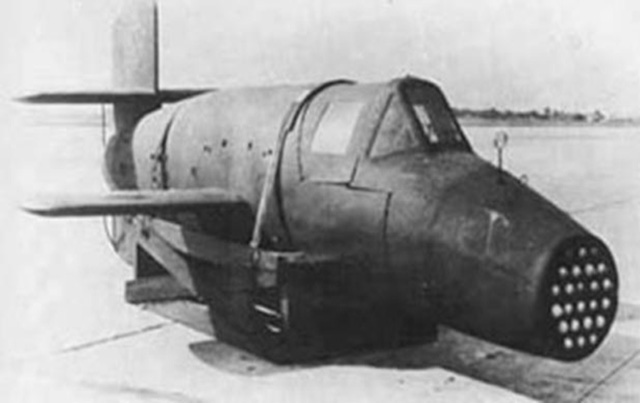
1944 Bachem Natter Viper
Developed in the closing stages of World War II, this was one of the X-type projects attempted by Germany.
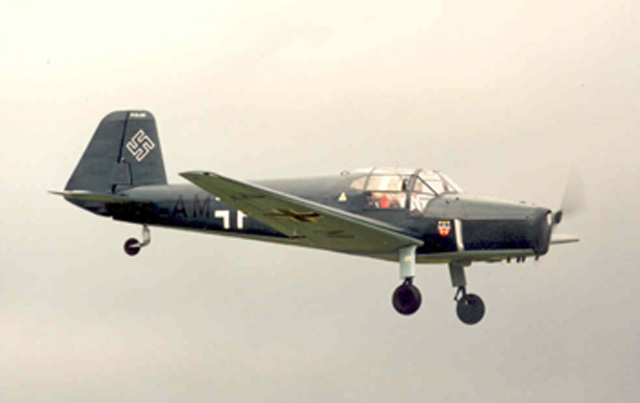
1939 Bücker Bestmann
Last of the Bücker designs, the Bestmann appeared in 1939 as a general-purpose aircraft that was designed to be used as a trainer for the German Luftwaffe during World War II.
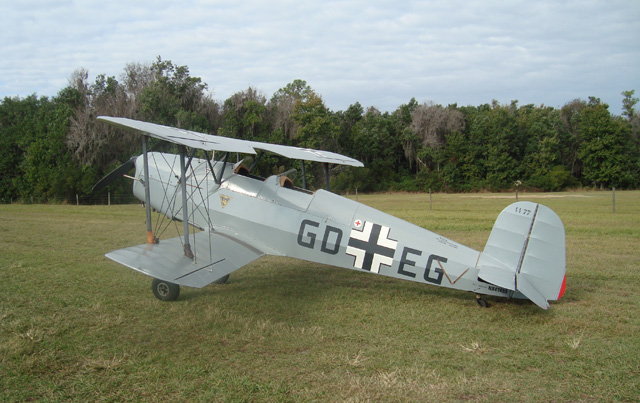
1936 Bücker Jungmann
Designed by Carl Bücker, the Jungmann—which means “young man” or “freshman” in English—was one of the finest primary aerobatic trainers ever built.
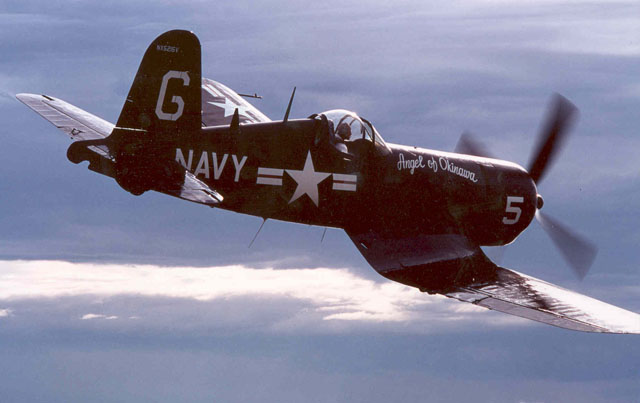
1945 Chance-Vought F4U-4 Corsair
The Chance Vought Corsair was the first fighter to exceed 400 mph and served on both land and sea as a fighter and a bomber.
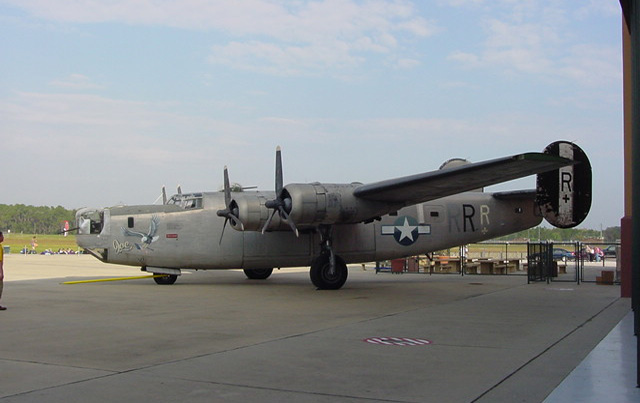
1944 Consolidated B-24J Liberator
The B-24 Liberator was designed in 1939 as a replacement for the Boeing B-17 Flying Fortress. Its roomy fuselage and high aspect ratio Davis wing enabled the B-24 to fly higher, farther, and to carry a greater bomb load than the B-17.
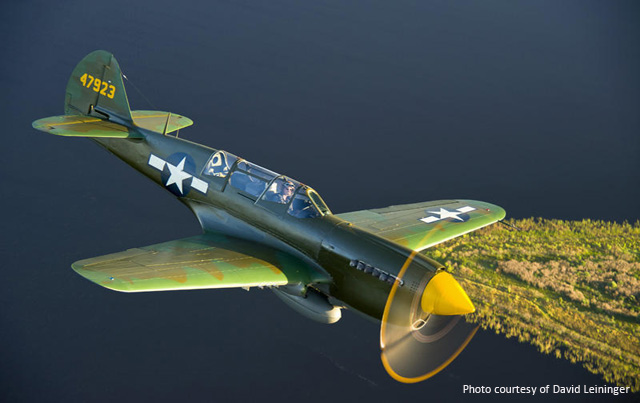
1944 Curtiss TP-40N
The Curtiss P-40 was originally designed and built in 1938. It achieved legendary status with the American Volunteer Group (AVG) who became famous as the “Flying Tigers” and painted shark teeth on their P-40’s large…
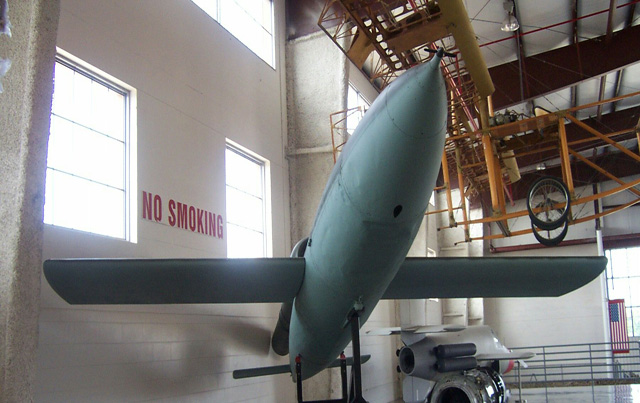
1944 Fieseler V-1 Buzz Bomb
Designed by the Germans during World War II, this pilot-less aircraft carried nearly a ton of explosives and was used to bomb London and southeast England.
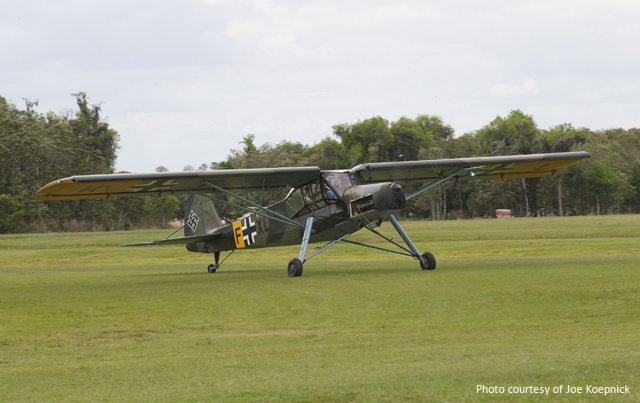
1937 Fieseler Fi-156 Storch
Storch means “stork” in English. This aircraft was designed by Fieseler in 1935 as a slow flying liaison aircraft. With its high-lift wings and fixed slots, it can take-off and land in less than 200 feet and has a stall speed less than 25 mph.
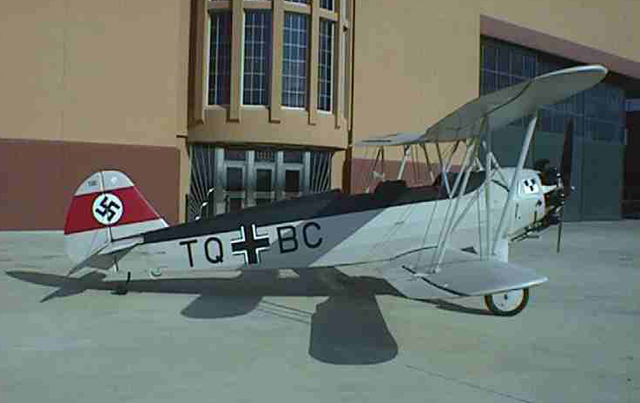
1937 Focke-Wulf Fw-44 Stieglitz
This Focke-Wulf type, called the Stieglitz, means “goldfinch” in English. This was a German primary trainer during World War II and the first aircraft designed by Kurt Tank, who later went on to design the famous Focke-Wulf Fw-190 fighter.
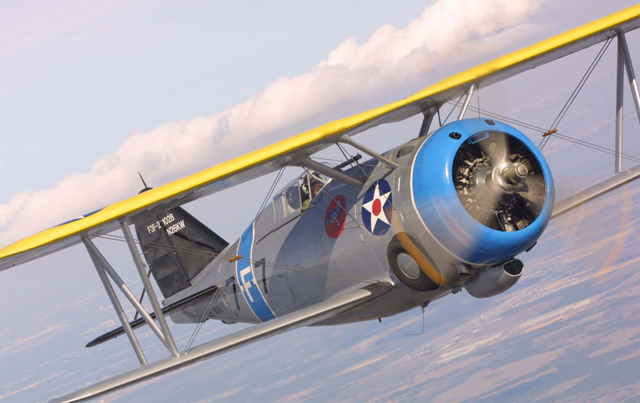
1938 Grumman F3F-2
Last in a line of Grumman biplane fighters, the F3F first flew in 1936 and stayed in fleet service until 1940, the year before the Pearl Harbor attack.
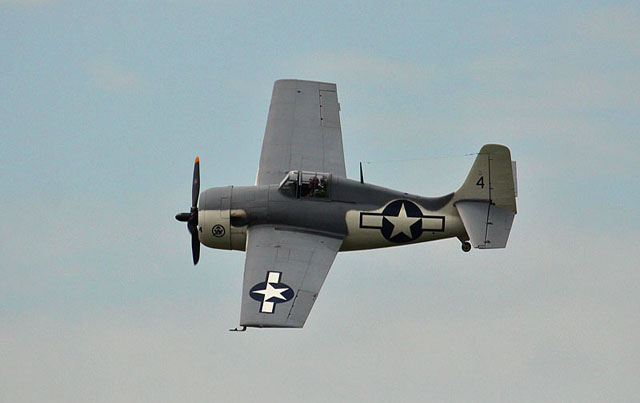
1943 Grumman Wildcat
The Wildcat evolved from the Grumman F3F biplane and was originally designed to be a biplane, but a major design shift in 1936 turned it into a cantilever monoplane.
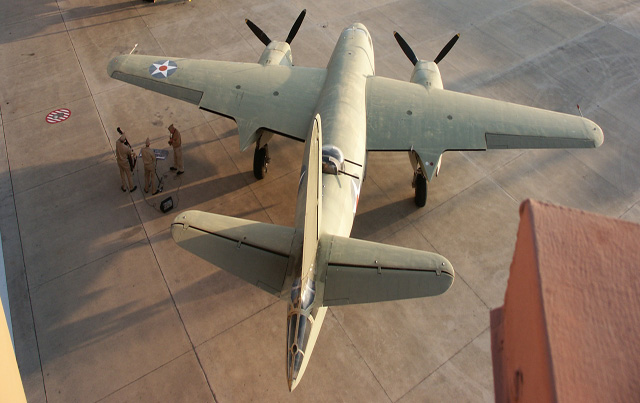
1940 Martin B-26 Marauder
The B-26 Marauder was designed to meet the U.S. Army Air Corps demand for a high-speed medium bomber.
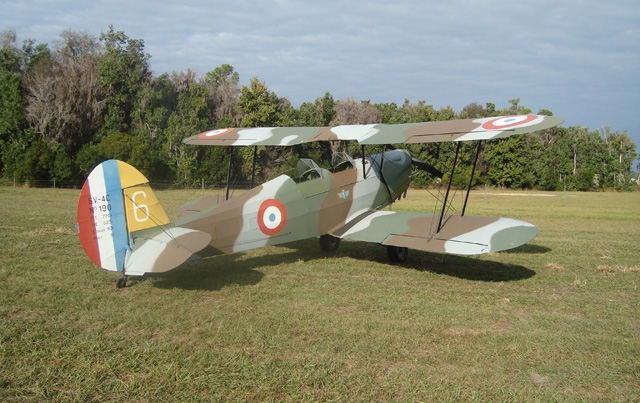
1945 Nord Stampe
The Stampe (pronounced “stomp”) was primarily built of wood and was one of the best aerobatic training aircraft of its period, comparing favorably with the German Bücker Jungmann.
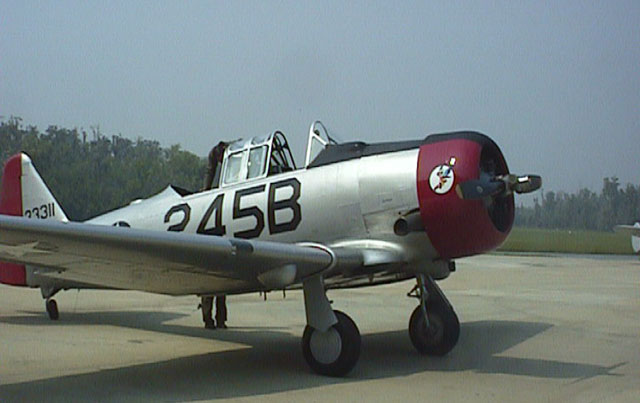
1944 North American AT-6
The AT-6 was built originally to compete in the 1937 U. S. Army Air Corps as a basic combat aircraft. 180 aircraft were ordered for the U.S.A.A.C., and the British Royal Air Force ordered 400. Experience showed that it was a mediocre combat aircraft but an excellent trainer, so it was reclassified as an Advanced Trainer. Nicknamed the Texan, it trained most of the Allied fighter pilots of World War II and went on to become arguably the best fighter training aircraft of all time.
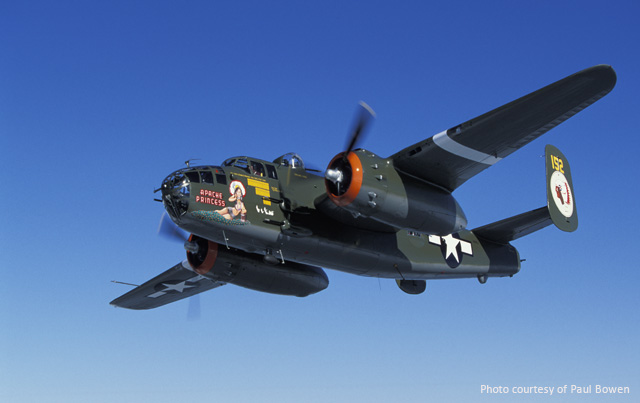
1943 North American B-25 J Mitchell
The B-25 Mitchell bomber was named after General Billy Mitchell who, in the 1920s, was court-martialed for insubordination, accused of fighting his own war within the armed services.
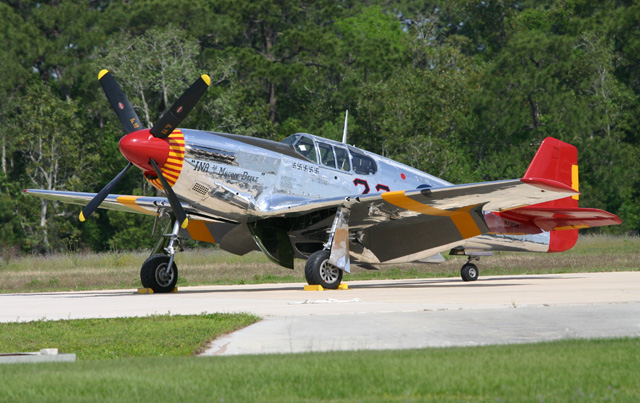
1944 North American P-51C Mustang
In 1939, the British Purchasing Agency came to America to buy aircraft for the war that had just started in Europe. Having experience with Curtiss P-40s (of Flying Tiger fame), they purchased all that Curtiss…
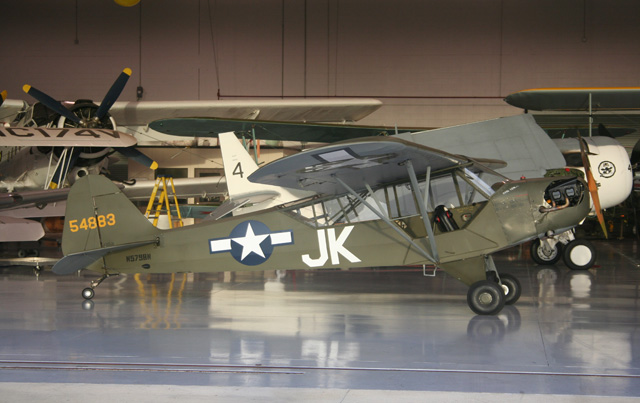
1945 Piper L-4 Grasshopper
The Piper L-4 Grasshopper was a military version of the famous Piper Cub of the 1930s. It was designated in the L category for liaison aircraft. Stinson, Taylorcraft, Aeronca, and Piper were light plane manufacturers…
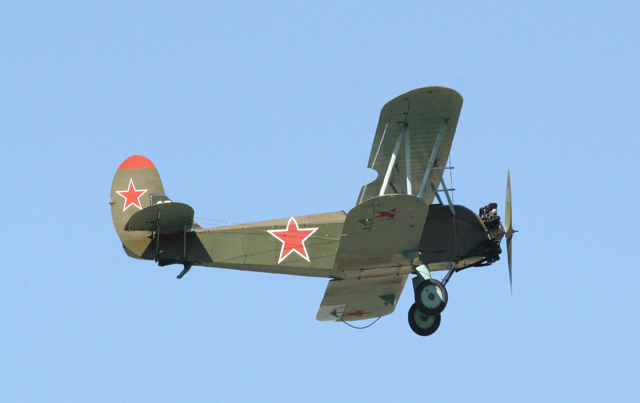
1954 Polikarpov PO-2
Built primarily of wood and fabric covered, the PO-2 was originally designed in the late 1920s as a training and light utility aircraft. By the time the Russians became involved in WWII, 13,000 had been built. They went on to be used for liaison, light attack, nuisance raider, and propaganda aircraft—complete with microphone and loudspeaker.
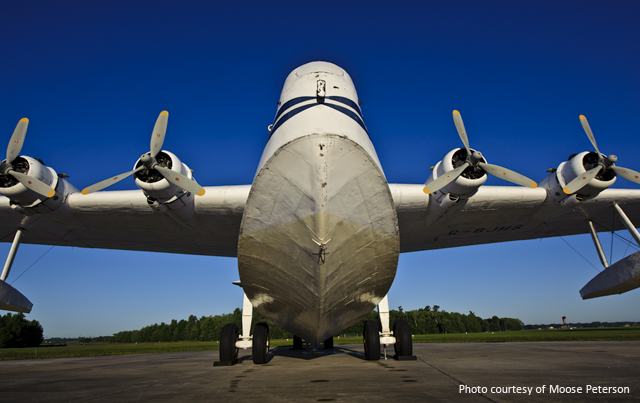
1944 Short Sunderland
The Sunderland was developed from the early British flying boats that serviced the Empire during the last Colonial days prior to World War II. The first Sunderland flew in 1937 and was the first British flying boat to have power-operated gun turrets. Capable of staying airborne for 16 hours, they were used for coastal patrol, cargo, air-sea rescue, and convoy protection against enemy submarines.
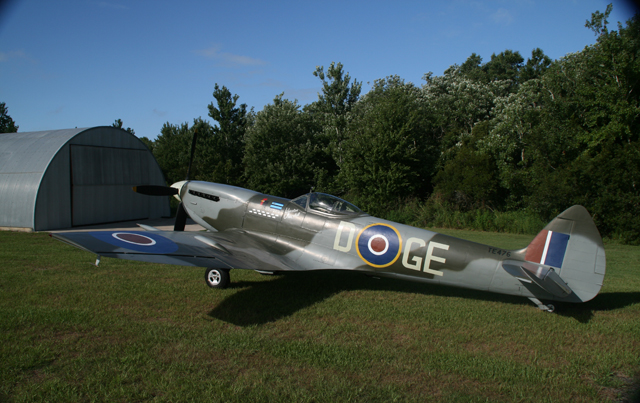
1945 Supermarine Spitfire Mk 16
The Spitfire was the brainchild of designer Reginald Mitchell and evolved from his experience with early Supermarine seaplane racers.
